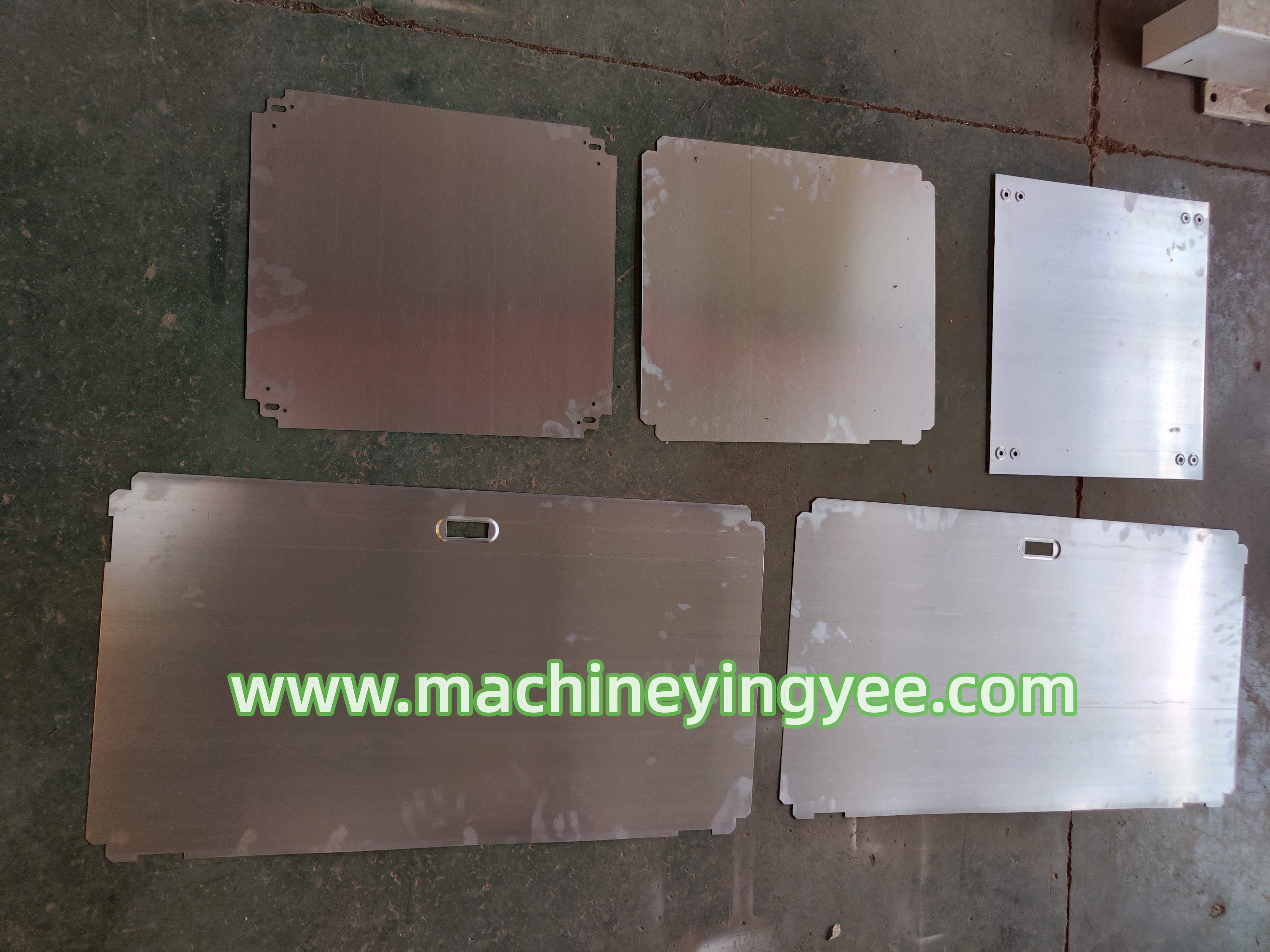
The Evolution and Significance of Metal Forming Machines
Metal forming is a crucial process in manufacturing, involving the shaping of metal materials into desired forms without removing any material. This process plays a vital role in various industries, from automotive to aerospace. At the heart of this process are metal forming machines, which have undergone significant evolution over the years. These machines not only enhance productivity but also improve the precision and efficiency of metalworking operations.
Understanding Metal Forming
Metal forming encompasses various techniques such as forging, stamping, bending, and extrusion. Each technique serves a specific purpose and requires specialized machinery. The primary goal of these processes is to manipulate metal into shapes that meet specific design criteria while maintaining the integrity of the material. Unlike machining processes, which involve cutting away material, metal forming relies on the application of force to induce plastic deformation. This makes it an efficient way to produce complex shapes from raw metal.
The Evolution of Metal Forming Machines
The history of metal forming machines can be traced back to the Industrial Revolution when the demand for mass production led to the development of machinery capable of performing repetitive tasks. Initially, these machines were powered by steam or manually operated. As technology progressed, hydraulic systems were introduced, allowing for much greater control and force application.
The late 20th century marked a significant shift in the industry with the introduction of computer numerical control (CNC) technology. CNC machines allowed for precise control over the forming process, enabling manufacturers to create intricate designs with unmatched accuracy. This technology also facilitated the automation of metal forming, reducing labor costs and increasing output.
Today, metal forming machines come equipped with advanced features such as real-time monitoring systems and integration with manufacturing software, which streamline operations and improve workflow. Sensors and feedback loops help in ensuring that the products meet stringent quality standards.
Types of Metal Forming Machines

1. Presses Hydraulic and mechanical presses are commonly used for stamping and forging operations. Hydraulic presses utilize fluid power to generate significant force, making them ideal for shaping larger metal pieces. In contrast, mechanical presses are typically faster and are widely used in high-volume production.
2. Roll Forming Machines These machines create long sections of shaped metal by continuously bending the material through a series of rollers. Roll forming is highly efficient and is commonly used for producing items like metal roofing and siding.
3. Bending Machines These are specifically designed to bend sheet metal into various angles or curves. CNC bending machines can be programmed for multiple tasks, providing versatility in production.
4. Extrusion Machines Used for pushing metal through a die to create elongated shapes, extrusion machines are critical in manufacturing materials like aluminum frames and piping.
Applications of Metal Forming Machines
The applications of metal forming machines are diverse and span numerous industries. In the automotive sector, forming machines are used to create components ranging from body panels to engine parts. The aerospace industry also relies heavily on these machines to manufacture lightweight and strong components that can withstand extreme conditions.
In addition to traditional industries, the electronics sector utilizes metal forming processes to produce housings and connectors, while the construction industry benefits from the production of structural steel components.
Conclusion
As industries continue to evolve and demand more complex designs and higher efficiency, metal forming machines will remain integral to the manufacturing process. The advancements in technology, particularly in automation and control systems, are set to drive further innovations in metal forming. As a result, manufacturers will be better equipped to meet the challenges of modern production while ensuring high-quality products. Understanding the significance and capabilities of metal forming machines is essential for anyone involved in the manufacturing sector, as these machines play a pivotal role in shaping the future of industrial production.